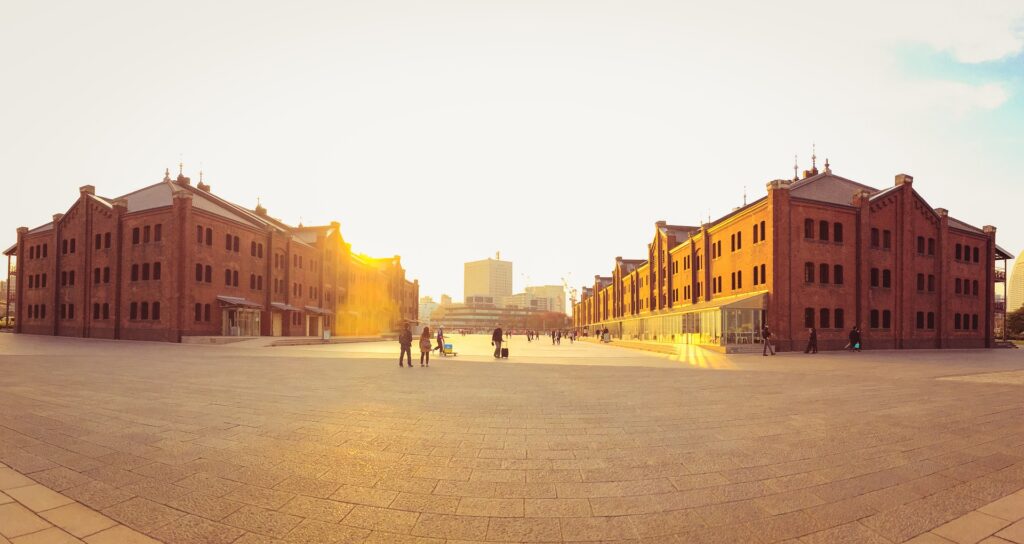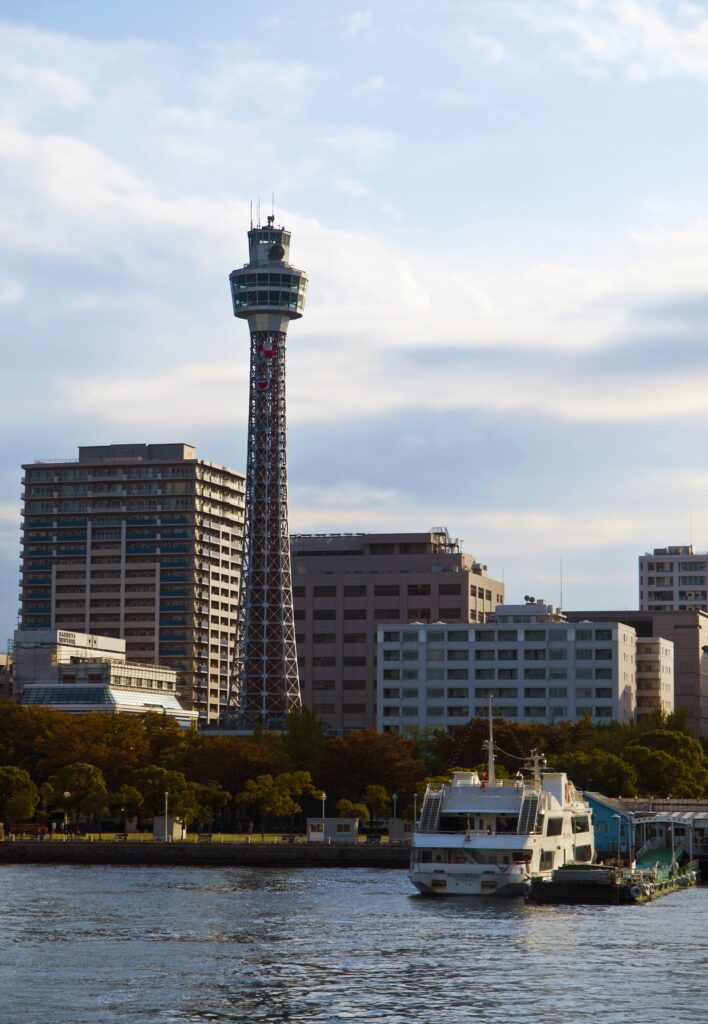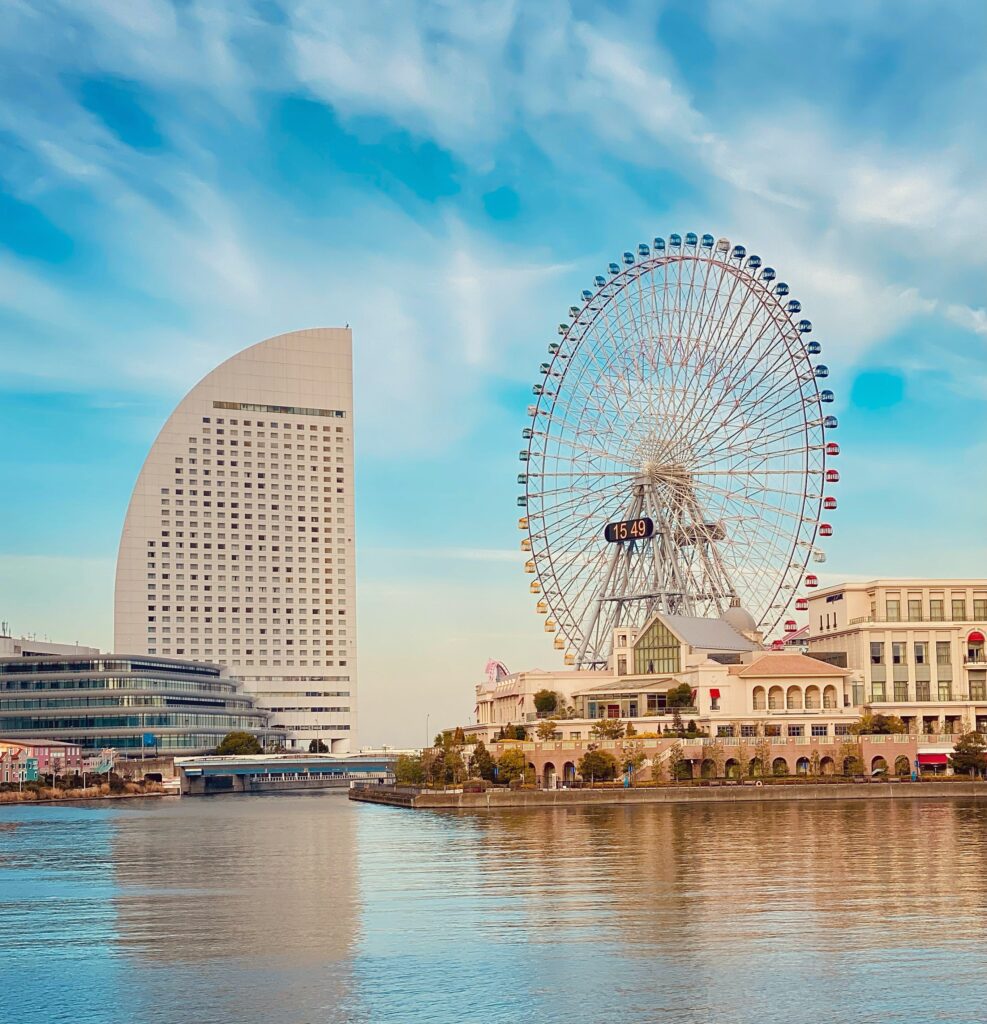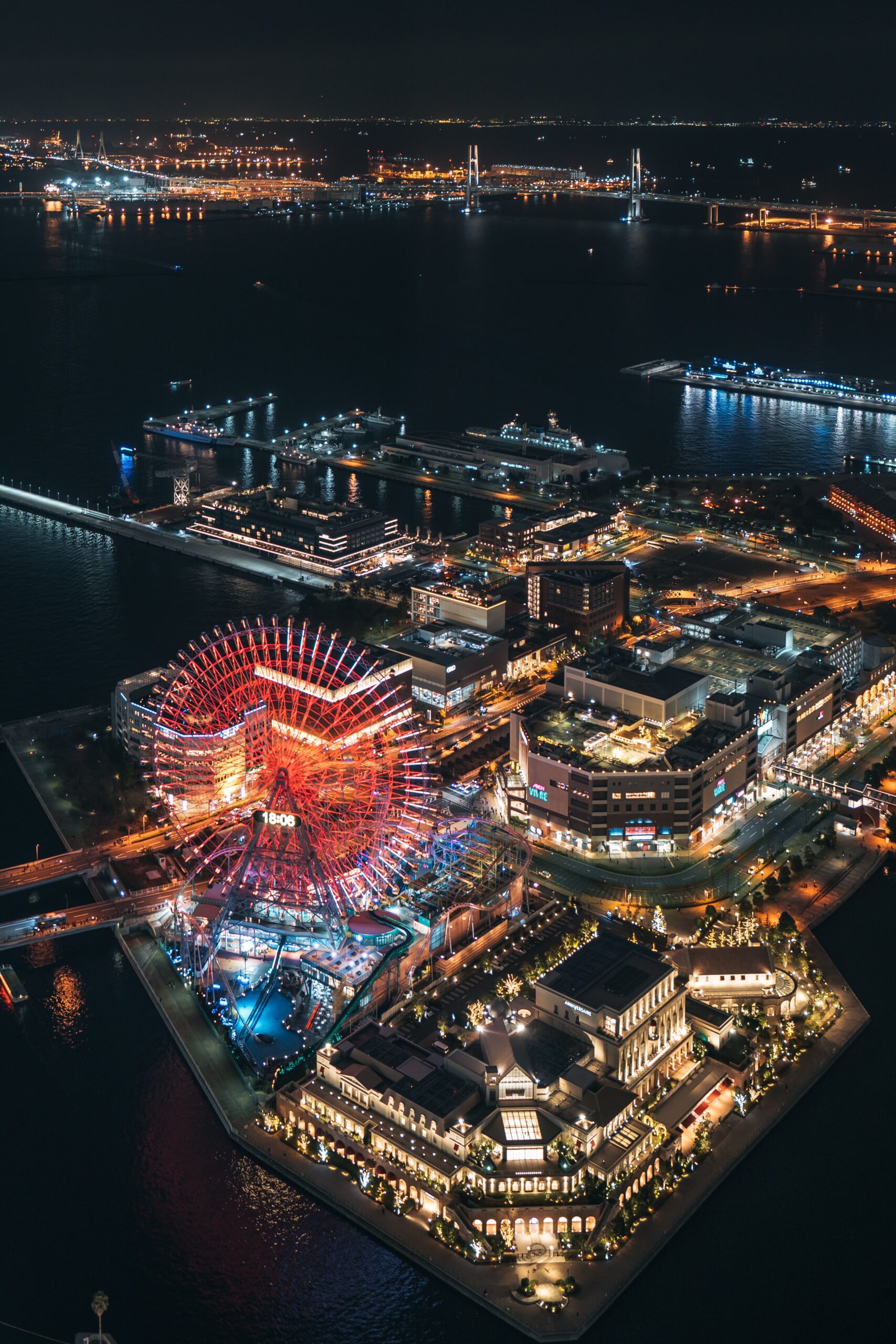Konnichiwa! Yokohama Bay, located in Japan’s second largest city, is a historical and cultural landmark that is also a hub of commerce, tourism, and leisure. The bay has played an essential role in Yokohama’s development since its opening to foreign trade in 1859. Today, Yokohama Bay is a popular destination for visitors from around the world who come to experience the blend of history, modernity, and scenic beauty that the bay has to offer.
Affiliate Disclaimer: I only recommend products I would use myself and all opinions expressed here are our own. This post may contain affiliate links that at no additional cost to you, I may earn a small commission. As an Amazon Associate I earn from qualifying purchases.
History of Yokohama Bay
Yokohama Bay was opened to foreign trade in 1859 after the Treaty of Kanagawa was signed between Japan and the United States. This treaty, which was the first between Japan and a Western country, allowed for the establishment of a foreign settlement in Yokohama. The foreign settlement quickly grew and became a hub for international trade and commerce, with Yokohama Bay serving as the gateway to Japan for foreign ships.
During the Meiji Period, which lasted from 1868 to 1912, Yokohama Bay played a crucial role in Japan’s industrialization. The bay was used to import raw materials and export finished products, which helped to fuel Japan’s rapid economic growth. The bay also played a role in the development of Yokohama’s urban infrastructure, with canals being built to transport goods between the port and the city.
During World War II, Yokohama Bay was heavily damaged by air raids, but the port was rebuilt after the war and resumed its role as a hub for international trade. Today, Yokohama Bay is one of the busiest ports in Japan, handling a wide range of goods, including automobiles, machinery, and electronics.
Commerce at Yokohama Bay
Yokohama Bay remains a hub of commerce and industry to this day. The port handles a large volume of cargo and is an essential gateway for trade between Japan and other countries. In recent years, the port has also become a hub for cruise ships, with many tourists using Yokohama Bay as a starting point for their travels around Japan.
In addition to its role as a port, Yokohama Bay is also home to several industrial zones and business districts, including the Yokohama World Porters shopping mall and the Pacifico Yokohama convention center. The Yokohama Landmark Tower, one of the tallest buildings in Japan, is also located near the bay and serves as a symbol of the city’s modernity and economic power.

Tourism at Yokohama Bay
Yokohama Bay is also a popular tourist destination, offering a blend of historical landmarks, modern attractions, and scenic beauty. The bay is home to several popular tourist sites, including the Yokohama Red Brick Warehouse, which was once used as a customs house and now serves as a shopping and entertainment complex.

Another popular tourist site is the Yokohama Marine Tower, a 106-meter-high tower that offers stunning views of the bay and the surrounding city. Visitors can take an elevator to the top of the tower and enjoy panoramic views of the bay and the cityscape.

One of the must-see attractions at Yokohama Bay is the Cosmo Clock 21, a giant Ferris wheel located in the heart of the Minato Mirai 21 district. This 112.5-meter-high Ferris wheel is one of the tallest in the world and offers stunning views of Yokohama Bay and the surrounding cityscape.

The Minato Mirai 21 district, which is located near the bay, is a popular area for shopping, dining, and entertainment. The district features several large shopping malls, including the Yokohama World Porters and the Queen’s Square Yokohama, as well as numerous restaurants and cafes.
For those interested in history, the Yokohama Port Museum offers a comprehensive overview of the history of the bay and its role in the development of Yokohama. The museum features exhibits on the port’s history, as well as models of ships and other artifacts related to maritime trade.
Don’t forget to try Le-Kei Ramen while you are in Yokohama as well!

Planning a trip to Japan?
Summing It Up
Yokohama Bay is a historical and cultural landmark that plays a vital role in the economic, cultural, and touristic life of Yokohama. The bay’s rich history, modern developments, and scenic beauty make it a must-visit destination for travelers to Japan. The blend of old and new, tradition and innovation, and natural and man-made attractions offers a unique and unforgettable experience.
Visitors to Yokohama Bay can explore the city’s history and culture through its many landmarks and museums, including the Yokohama Red Brick Warehouse, the Yokohama Port Museum, and the Yokohama Marine Tower. The modern developments in the Minato Mirai 21 district, such as the Yokohama World Porters and the Queen’s Square Yokohama, offer a glimpse into the city’s current economic and cultural landscape.
The bay’s role in international trade and commerce also makes it a fascinating destination for those interested in global economics and industry. Visitors can observe the bustling port and witness the movement of cargo and ships, as well as learn about the history of Yokohama’s industrialization and economic growth.
Disclaimer: If you use the link on this page to purchase travel insurance, we will receive a fee from Freely, a brand of Cover-More Insurance Services Pty Limited ABN 95 003 114 145 (AFSL 241713) (Cover- More). We do not act for Cover-More or Freely. The information provided is only on the availability of Freely products. We do not give advice & the information provided is not intended to give an opinion or recommendation regarding the product. For information on how to contact Cover-More or Freely refer to the PDS, FSG & TMD which can be found on the Freely website.




One thought on “Japan’s Yokohama Bay – Things to Know and Do”